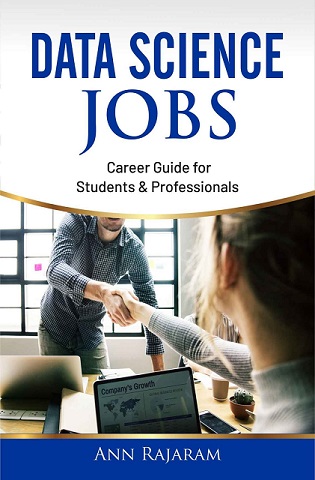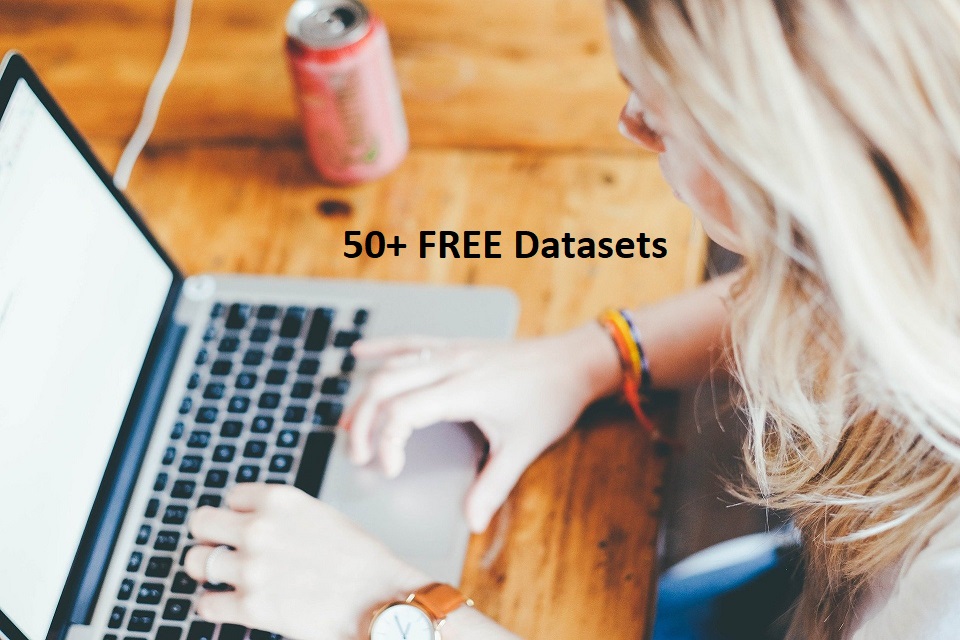Despite the spike in the interest related to Data Science and Machine Learning roles and courses, it is still possible to become a fully functional data scientist with minimal resources.
Some caveats, (1) be committed to invest hours of effort building your expertise. (2) The job market has gotten quite competitive, so be mentally prepared to work strategically and accept that finding a job will require sweat equity.
Note, the title of this post is “Data Scientist” but the steps below are true even if your aim is to become a data analyst, data engineer, analytics consultant or machine learning engineer.

Steps to Data Science Expertise
At its core, becoming a data scientist will require three steps (in sequence):
- Learn the skills
- Build your portfolio
- Apply to jobs strategically.
Step 1 – Learn the skills.
The list of skills below are mandatory.
- Programming in R or Python.
- Programming in SQL. Most courses never talk about SQL, but it is critical.
- Machine learning algorithms. Know the code and also which one fits for what use case.
- If you search Google, you will find free courses and books on all the above topics. Or go for a low-cost option from Udemy. Essentially you can learn the skills for <$100, even now in 2020.
Step 2 – Build your portfolio.
- You can add 100 certifications, but you also do need to showcase the learning by way of projects. Use Github to host your projects or create a free wordpress website. If you have the capacity, explore low cost website hosting from Wix or Squarespace.
- The project should be unique to you. Pick any free public dataset, and apply your perspective to slice and dice the data, and extract insights. This is what will set you apart from the 10,000 other candidates who completed the same free bootcamp or Coursera class. Sample project idea list here., based on beginner or advanced skill levels.
- Free tutorials are available on many sites, including my own journeyofanalytics.
Step 3 – Apply to jobs strategically.
- The job market is getting heated up, as people enter this field in thousands. Getting job leads is hard, getting to interview stage is even harder.
- Make sure your profile on LinkedIn is “all-star”, with at least 500 connections.
- You can significantly improve your odds by leveraging niche job sites, and hunting on LinkedIn content tabs and Twitter. Both are highly manual, which is why they work! No one else wants to pursue those methods! 🙂 A detailed how-to guide, full list of niche job boards and interview question sets are all available in my job search book which I keep updating every quarter. These strategies work, hence the blatant plug-in!
- Be prepared to face a lot of rejections, especially for landing the first job. In the beginning, don’t be afraid to accept a low-paying job or work internships. It is easier to get a job when you are already hired!
- Initially you may be hired as a “data analyst” – accept! A lot of companies are using the terms analyst and scientist intermittently, or use the “data scientist” title to designate more experienced hires.
- Note, there are other job types in the data science domain apart from “data scientist” so check if you can leverage your previous experiences for other role types.
Book Offer:
Note, I realize a lot of students are graduating soon and the global pandemic is making it hard to find jobs. Some employers are already reneging on confirmed offers, which increases pressure on students. Hence I’ve reduced my ebook price to $0.99 for the month of May 2020.
Note, the book will NOT be marked free to deter folks who just download books and guides but do not intend to put in any effort!

All the best for an exciting new career!
This question was previously answered (by me) on Quora under the question – “Is it possible to become a data scientist in 2020 with only a few resources?”




